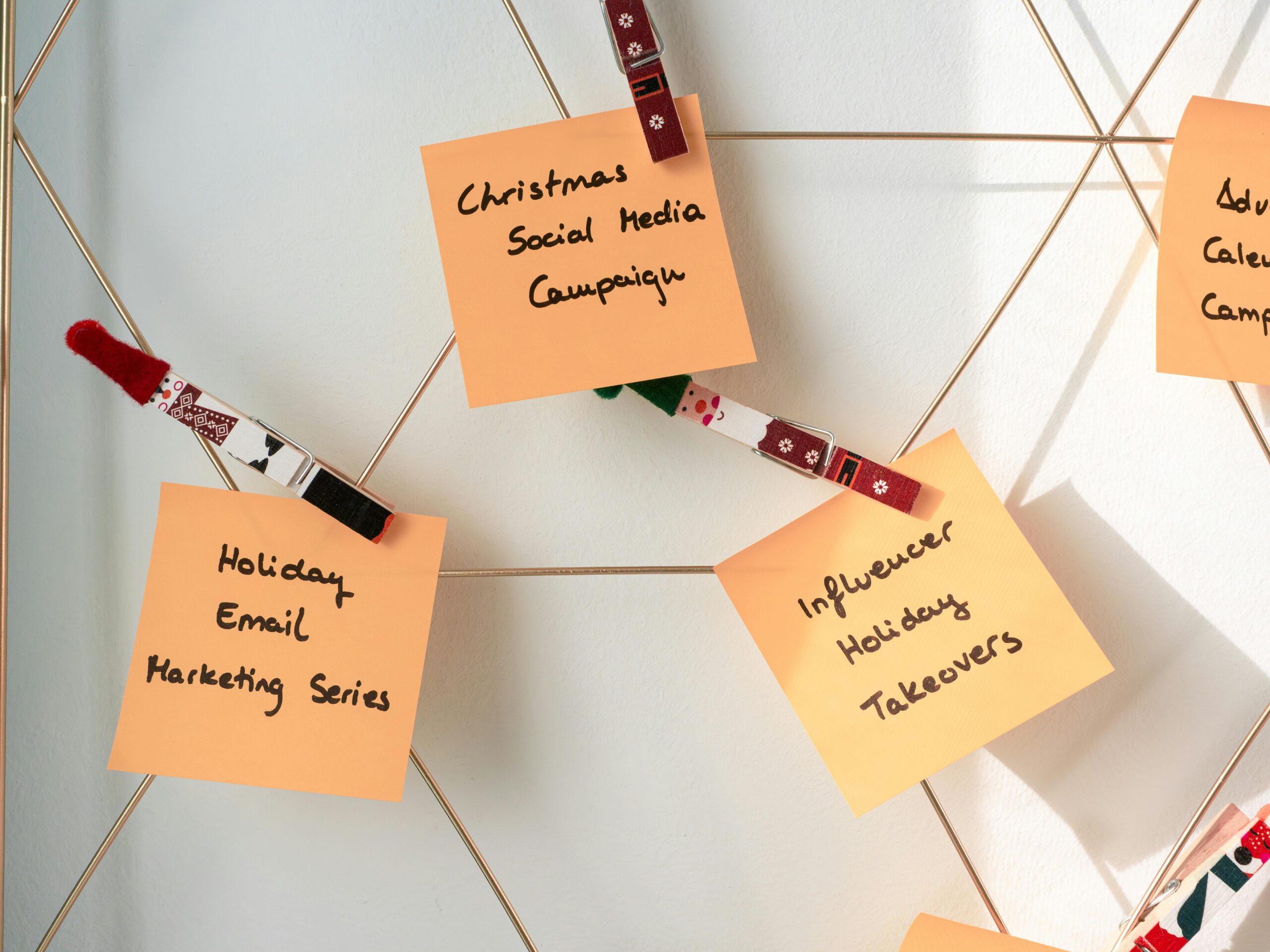I remember the excitement—and the nerves—when I decided to start my own email marketing business from scratch. Like so many aspiring entrepreneurs, I’d read about how email marketing could transform a small business. The promises of engagement, loyal subscribers, and even financial freedom felt compelling. But at the same time, I had my doubts. Where do you even begin with no experience, no email list, and no real idea of what works? The thought of building everything from the ground up was intimidating, but I took it one step at a time. And as I discovered, the right approach makes all the difference.
Starting an email business is much like starting a conversation. You need to know who you’re speaking to and why. The first thing I did was identify a niche that genuinely interested me. I wanted to be excited about the content I would create, knowing that would come through in my emails and attract people who shared the same enthusiasm. I spent hours researching different topics and evaluating what I could offer to my subscribers that they couldn’t find elsewhere. This clarity of purpose became my foundation, making every step that followed far more meaningful.
Once I was sure of my niche, I moved on to choosing a platform. There are countless email marketing services out there, each with its strengths and features. For me, finding one that was user-friendly and affordable was crucial since I was just starting out. After some research, I settled on a platform that offered essential tools without being overwhelming. It allowed me to design emails, automate sequences, and track performance, giving me a sense of control and confidence right from the start.
With the basics in place, I turned my attention to building my first email list. This step was both challenging and exciting. Without an audience, I couldn’t rely on an established following to sign up. So, I got creative. I knew I had to provide something valuable to convince people to share their email addresses, so I created a free resource tailored to my niche—something my audience would find irresistible. Whether it’s a guide, checklist, or exclusive tips, a high-quality lead magnet can be a powerful way to attract subscribers. I promoted it everywhere I could think of: on social media, in online communities related to my niche, and even with friends who might be interested. Slowly but steadily, my list started to grow.
Each new subscriber was a small victory, but I quickly learned that it wasn’t just about numbers. Keeping subscribers engaged was just as important as attracting them. From the beginning, I made it a priority to send out emails that were genuinely useful, interesting, and, above all, authentic. I shared insights, offered advice, and even recounted personal stories that connected back to my niche. These personal touches helped me build a sense of trust with my audience, making them more likely to stay subscribed and open my emails. Crafting these messages took time and practice, but the results were well worth it.
Creating a consistent email schedule was another key step. I initially wondered how often to send emails without overwhelming my subscribers or fading from their memory. I found that a weekly email worked best, keeping me in regular contact without feeling like I was bombarding their inboxes. The key was consistency. Showing up in their inbox at the same time each week made my messages feel like a regular conversation rather than random interruptions.
Over time, I also focused on refining my emails for better engagement. I learned the importance of writing compelling subject lines, as they determine whether someone even opens the email. A catchy subject line can make all the difference, so I experimented with different styles and tones to see what resonated best with my audience. Tracking the open rates and click-through rates provided valuable insights into what was working and what needed improvement. Sometimes, even a small tweak, like changing a word or rearranging content, could lead to noticeable differences in engagement.
Monetizing my email list was another step that took careful planning and patience. Instead of diving into direct sales, I spent time building credibility and trust with my subscribers. When the time felt right, I introduced carefully chosen affiliate products that aligned with my niche and would genuinely benefit my audience. I made sure to explain why I was recommending them, sharing personal experiences or insights where possible. It wasn’t about pushing sales; it was about adding value. And, as I saw, subscribers were far more receptive to recommendations when they felt like they came from a place of trust.
Of course, every journey has its challenges, and there were moments of doubt and frustration. Building an email business from scratch takes time, patience, and a willingness to learn from both successes and mistakes. I often reminded myself that even small progress was still progress. Some emails performed exceptionally well, while others missed the mark. But each experience taught me something valuable about my audience and the kind of content they wanted.
Through all the learning, trial, and error, I realized that email marketing is ultimately about building relationships. Yes, there’s a technical side—choosing a platform, designing emails, and analyzing metrics—but the heart of it lies in connecting with people. The personal touches, the genuine care for your audience’s needs, and the commitment to providing value all play a big role in making email marketing work. As my email list grew, so did my confidence, and I began to see the possibilities that lay ahead.
Looking back, what started as an intimidating project became a fulfilling journey. From setting up my first lead magnet to sending my first email, each step brought me closer to creating a community of engaged subscribers. Today, my email business is not just a channel for revenue but a way to connect with people who share similar interests and passions. It has evolved into a space where I can share, inspire, and provide value to others.
Starting an email business from scratch might seem overwhelming at first, but with the right approach, dedication, and willingness to learn, it can lead to rewarding and lasting success. Each small victory, every engaged subscriber, and every response from a reader feels like a step closer to achieving something meaningful. If you’re thinking about starting your own email business, embrace the journey, take it one step at a time, and remember that the potential is endless.



Pingback: Building Your First Email List: Proven Tips for New Entrepreneurs - nik56.online
Pingback: Want a Profitable Mailing List? 8 Training Courses to Try